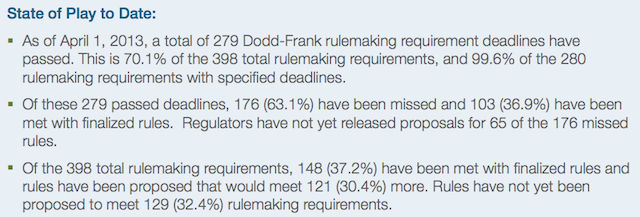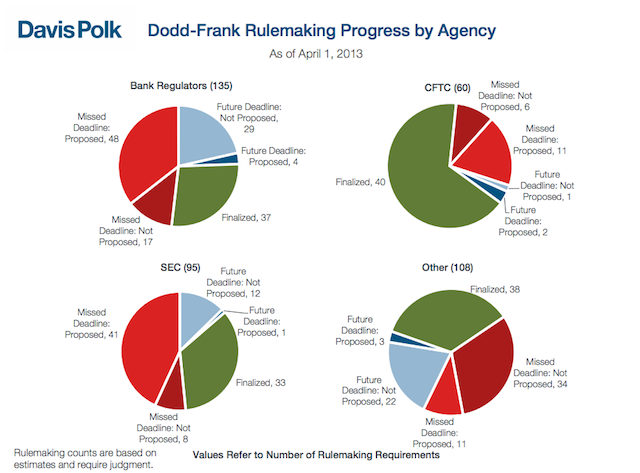[Editor’s Note: The following post is a Kirkland & Ellis M&A Update, authored by Daniel E.Wolf, Sarkis Jebejian, Joshua M. Zachariah, and David B. Feirstein.]
With valuations stabilizing and the M&A market heating up, a rebirth of stock-for-stock deals, after a long period of dominance for all-cash transactions, may bein the offing.
If this happens, we expect to see renewed use of the term “merger of equals” (MOE) to describe some of these all-equity combinations. As a starting point, it may be helpful to define what an MOE is and, equally important, what it isn’t. The term itself lacks legal significance or definition, with no requirements to qualify as an MOE and no specific rules and doctrines applicable as a result of the label. Rather, the designation is mostly about market perception (and attempts to shape that perception), with the intent of presenting the deal as a combination of two relatively equal enterprises rather than a takeover of one by the other. That said, MOEs generally share certain common characteristics. First, a significant percentage of the equity of the surviving company will be received by each party’s shareholders. Second, a low or no premium to the pre-announcement priceis paid to shareholders of the parties. Finally, there is some meaningful sharing or participation by both parties in “social” aspects of the surviving company.
While each of the aspects of an MOE deal will fall along a continuum of “equality” for the shareholders of each party, there are a handful of key issues that require special attention in an MOE transaction.
Click here to read the entire Kirkland & Ellis LLP publication, discussing Social Issues, Change of Control, Shareholder Vote/Fiduciary Issues, Consideration, and Agreements.

